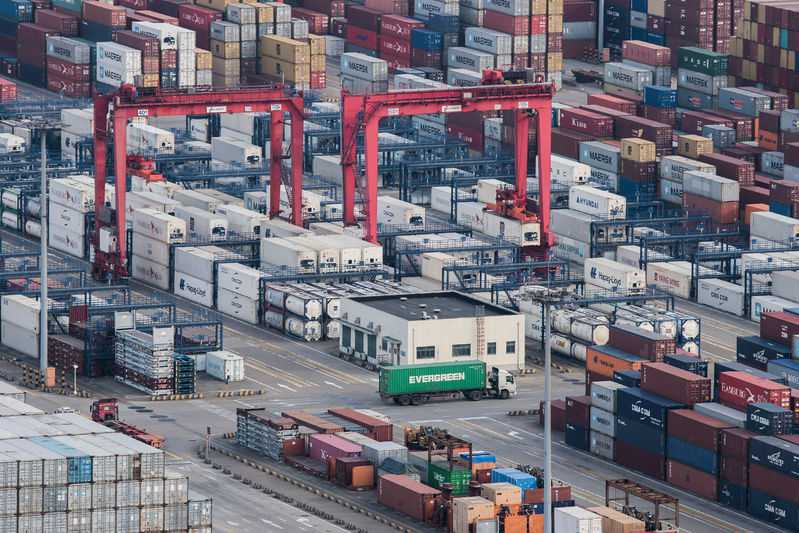China exports weaken ahead of U.S. trade talks
09 December, 2018

China’s export growth sank in November as global demand weakened, adding to pressure on Beijing ahead of trade talks with Washington.
Exports rose 5.4 percent over a year ago to $227.4 billion, a marked decline from the previous month’s 12.6 percent increase, customs data showed Saturday. Imports rose 3 percent to $182.7 billion, a sharp reversal from October’s 20.3 percent surge.
That adds to signs a slowdown in the world’s second-largest economy is deepening as Chinese leaders prepare for negotiations with President Donald Trump over Beijing’s technology policy and other irritants.
Chinese exports to the United States rose by a relatively robust 12.9 percent over a year ago to $46.2 billion. Shipments to the U.S. market have held up as exporters rush to fill orders before additional duty increases, but forecasters say that effect will fade in early 2019.
Imports of American goods rose 5 percent to $10.7 billion, down from the previous month’s 8.5 percent growth. China’s politically volatile trade surplus with the United States widened to a record $35.5 billion.
Trump agreed during a Dec. 1 meeting with this Chinese counterpart, Xi Jinping, to postpone tariff hikes by 90 days while the two sides negotiate. But penalties of up to 25 percent imposed earlier by both sides on billions of dollars of each other’s goods still are in effect.
Companies and investors worry the battle between the two biggest economies will chill global economic growth.
The Chinese economy grew by a relatively strong 6.5 percent over a year earlier in the quarter ending in September. But that was boosted by government spending on public works construction that helped to mask a slowdown in other parts of the economy.
An official measure of manufacturing activity fell to its lowest level in two years in November. Auto sales have shrunk for the past three months and real estate sales are weak.
Chinese leaders have responded by easing lending controls, boosting spending on construction and promising more help to entrepreneurs who generate the state-dominated economy’s new jobs and wealth. But they have moved gradually to avoid reigniting a rise in corporate and local government debt that already is considered to be dangerously high.
